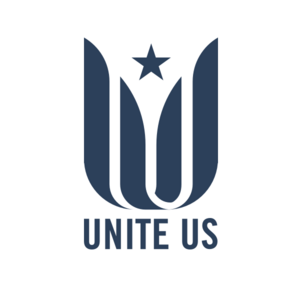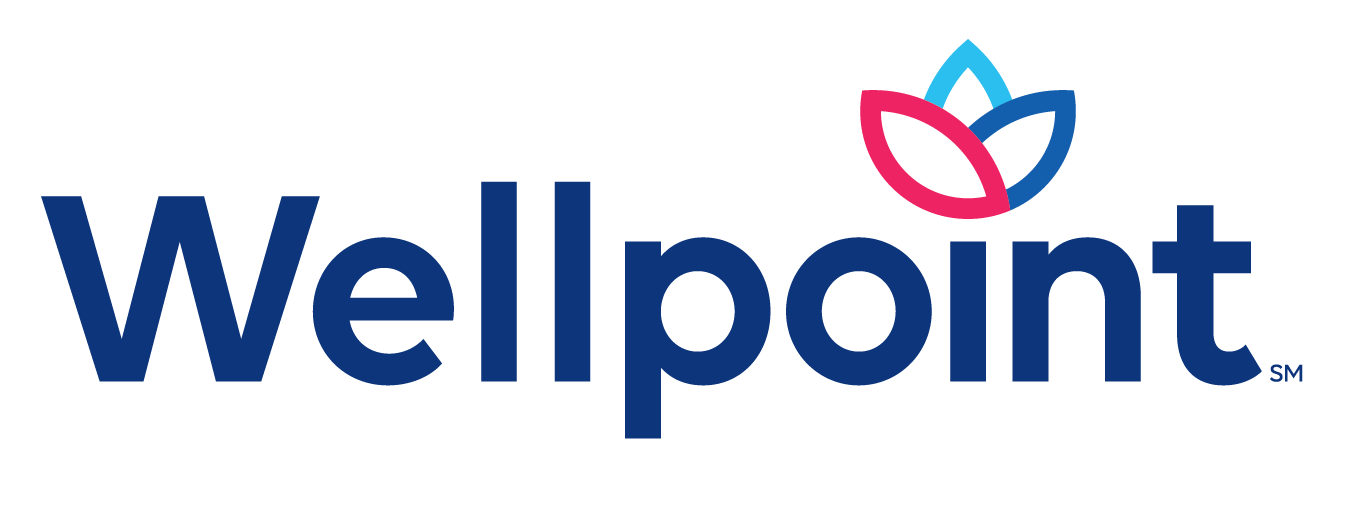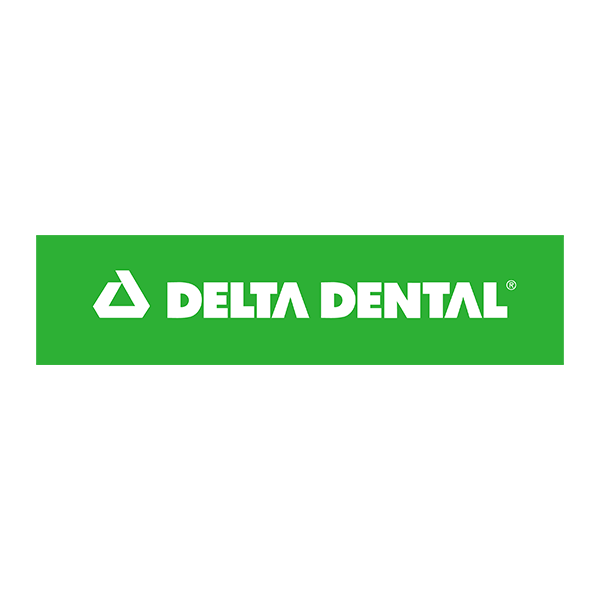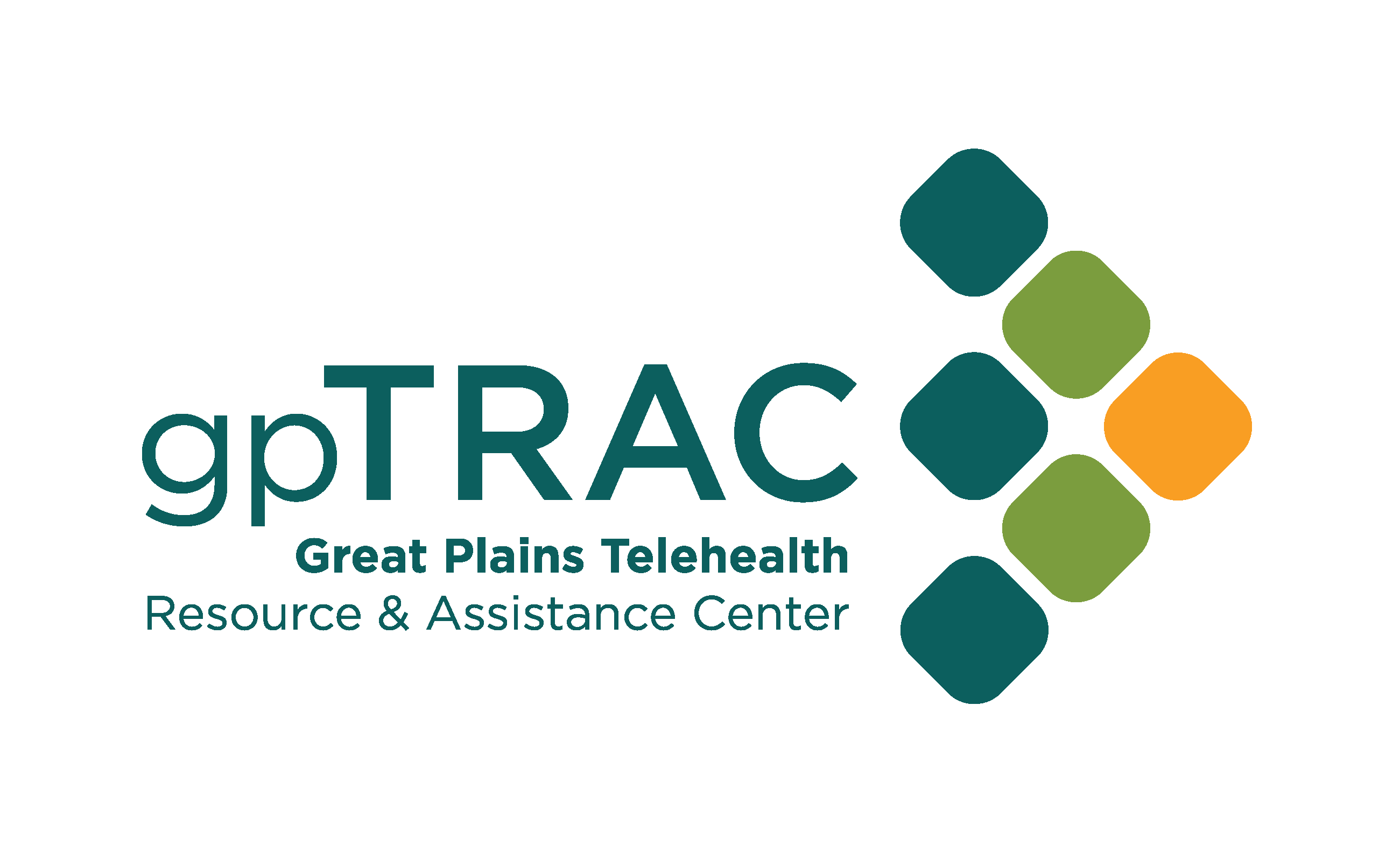Health literacy includes two components:
- Personal health literacy: the degree to which individuals can find, understand, and use information and services to inform health-related decisions and actions for themselves and others.
- Organizational health literacy: the degree to which organizations equitably enable individuals to find, understand, and use information and services to inform health-related decisions and actions for themselves and others.
Health literacy has been recognized for over two decades as essential to patient involvement in care, communication between patients and their care teams, and overall health outcomes. While there are individual factors that contribute to a person’s health literacy, organizations can play a role in health literacy, too. Some things to consider include:
- Using easy-to-understand language and avoiding jargon in conversations and resources.
- Making health records and resources available in different languages, when possible.
- Centering the patient in care delivery.
- Encouraging patients to ask questions.
- Advocating for education to improve literacy skills.
- Utilizing organizations, such as MyHealthFinder, to support individuals in understanding their health needs and options based on their conditions.
By providing patients with the opportunity to make informed decisions about their healthcare, care teams can ensure patients are comfortable, empowered, and involved in their care, which can lead to better health outcomes.


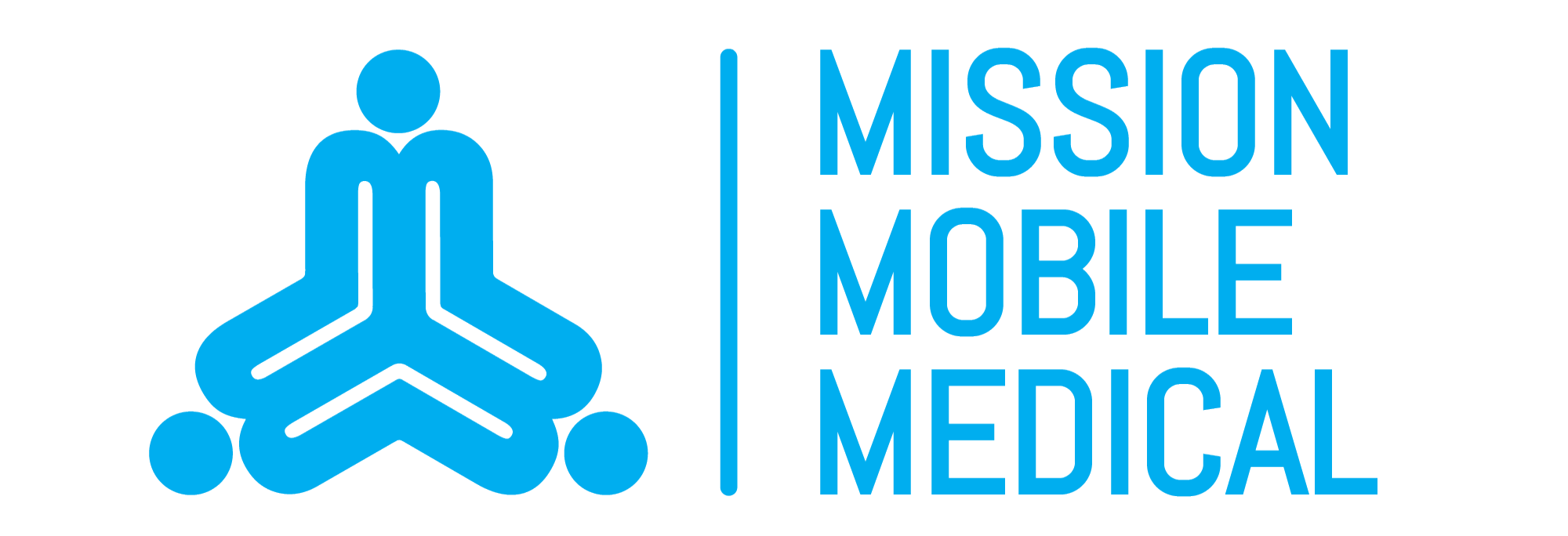

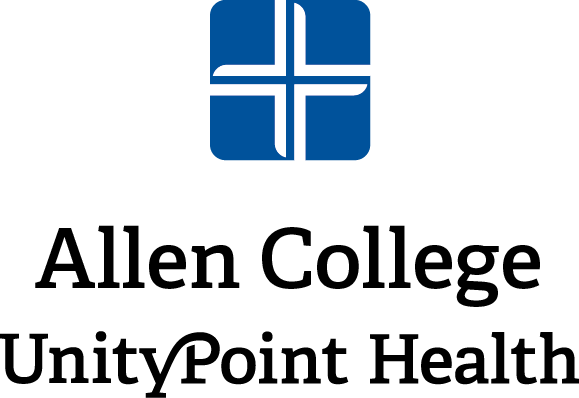
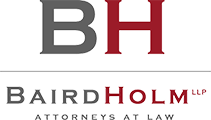

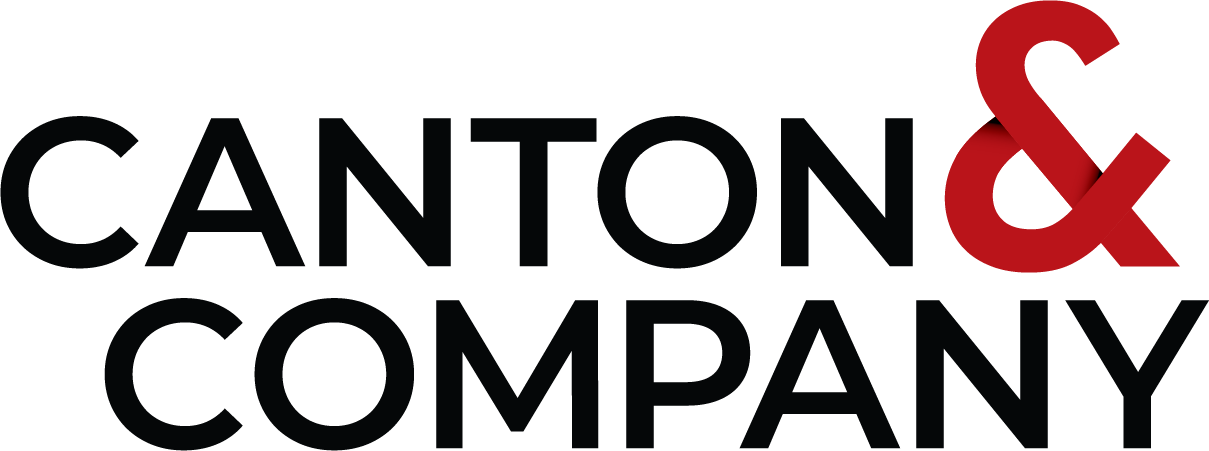



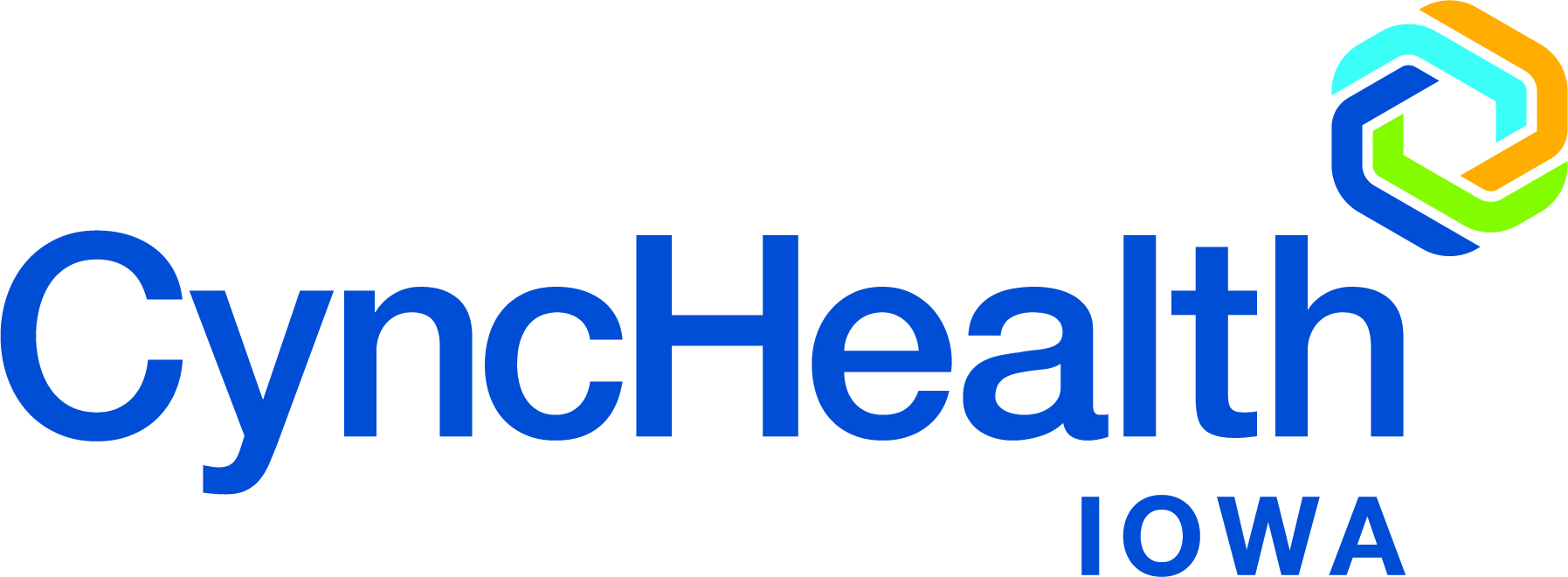

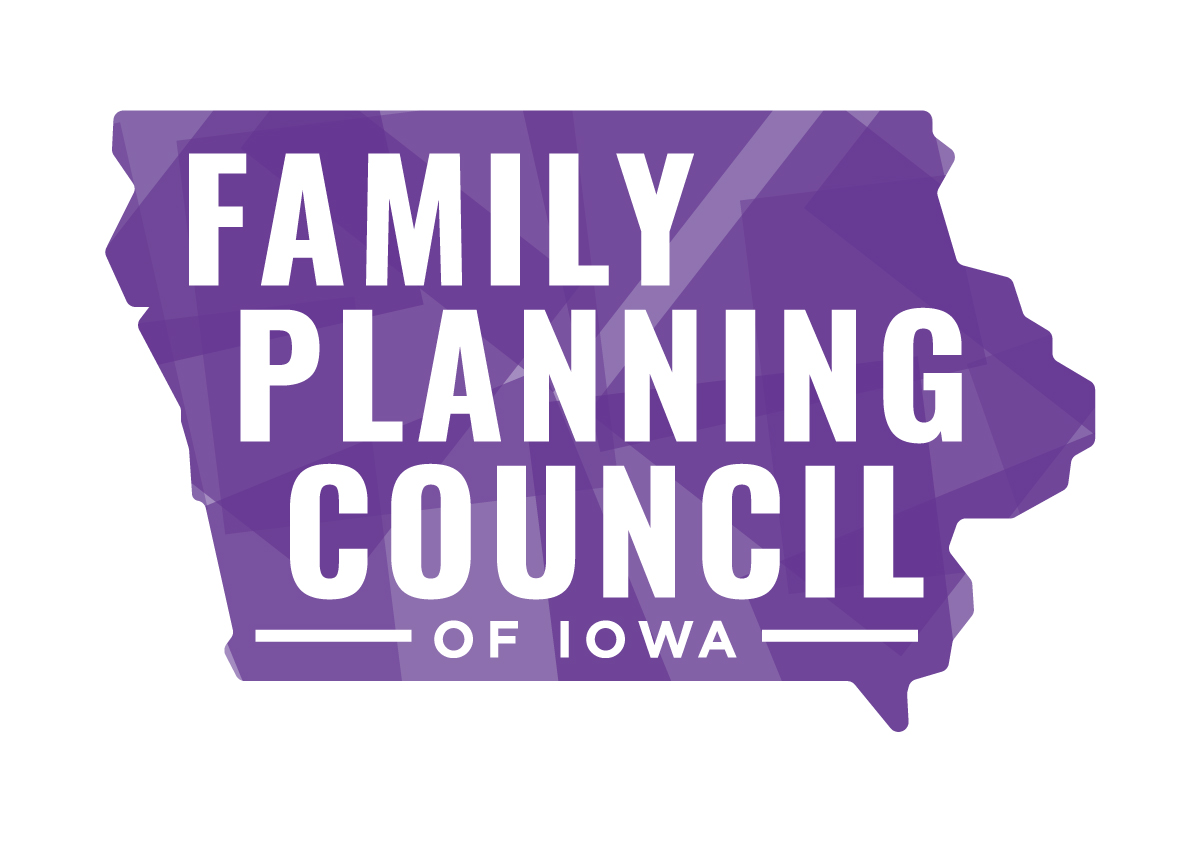



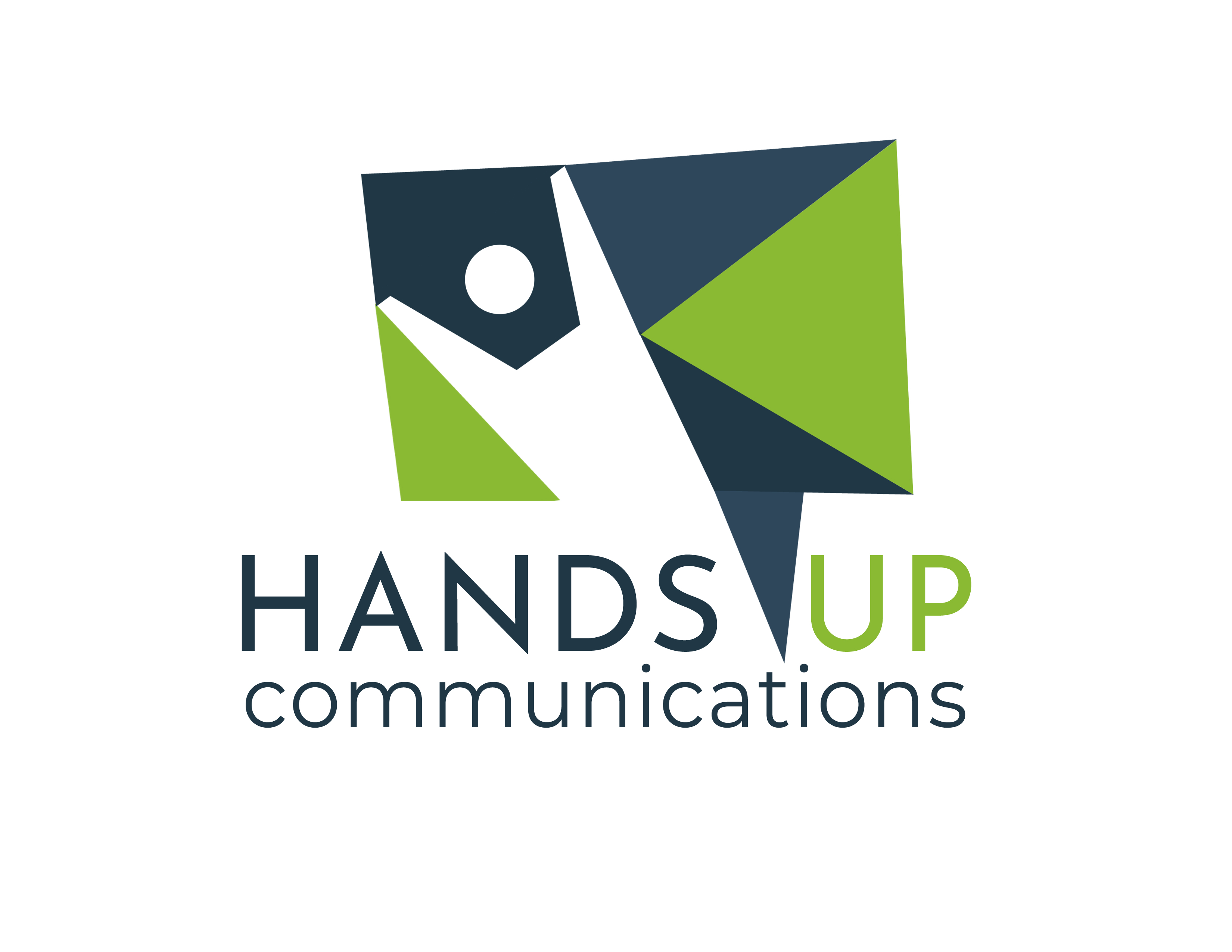
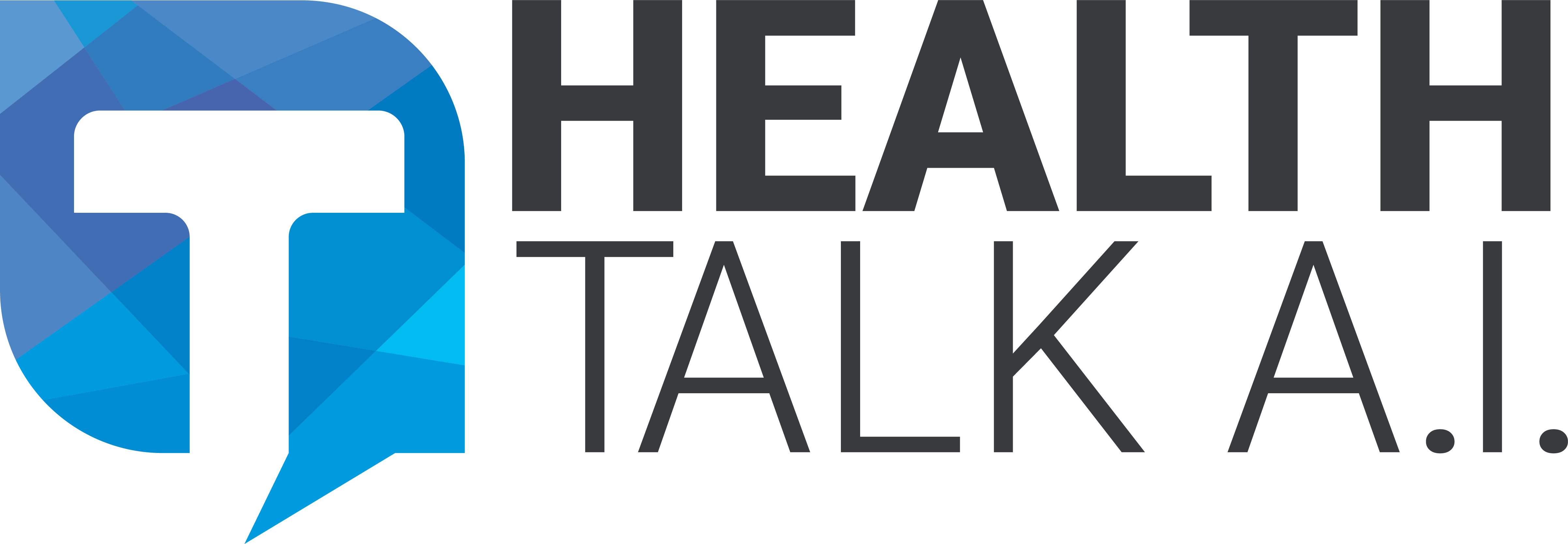
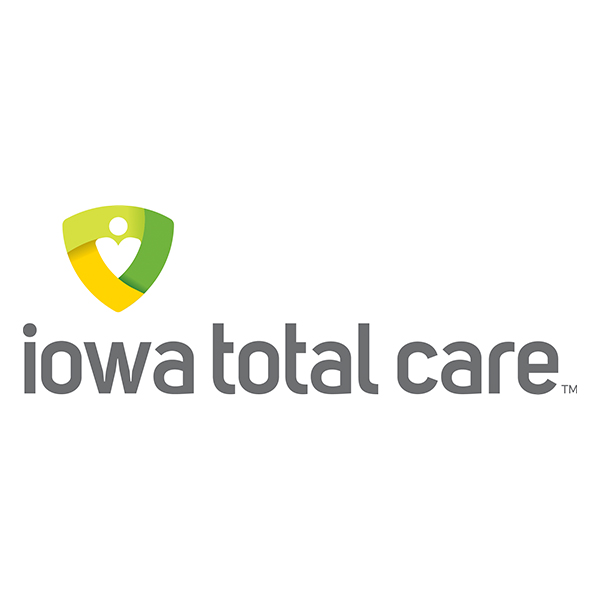



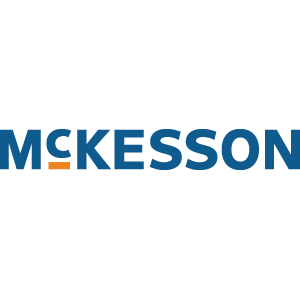
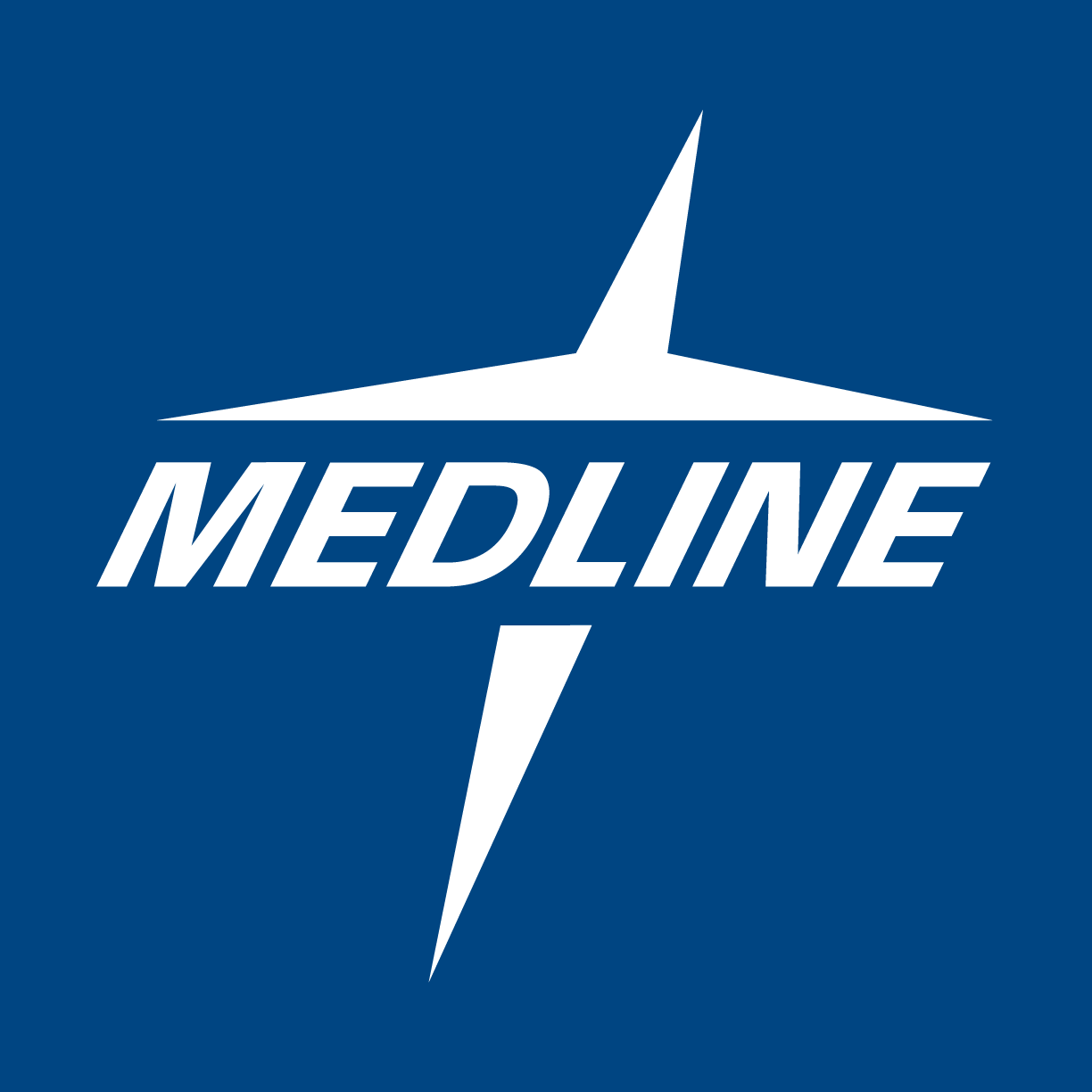


.png)





